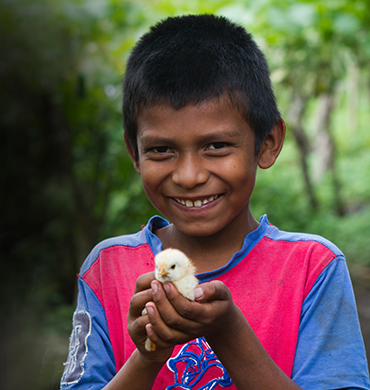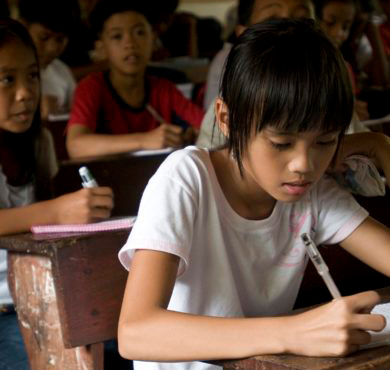Saving Lives with Malaria Nets and Education
As the Monitoring and Evaluation Manager for NetsforLife®, Episcopal Relief & Development’s program partnership for malaria prevention, I have a dual function. It is my duty to build capacity and ensure that the program is being implemented, monitored and evaluated according to global standards. The other side of my duty is to collate all programmatic information and provide adequate feedback to the program team and donors.
NetsforLife® is doing very well in all our 17 program countries, as lives are being saved and reported malaria cases have decreased by 50%. The quality of the program is good and our methodology is becoming the gold standard across countries. Globally, only four countries in sub-Saharan Africa are recorded to have achieved universal coverage for malaria nets distributed, and NetsforLife® operates in two out of the four countries. In these two countries (Liberia and Sierra Leone), the health authorities have recognized the immense contribution of the program towards their achievements.
Since NetsforLife®’s inception in 2006, about 6.3 million malaria nets (which protect people from mosquito bites) have been distributed. The average life span for nets distributed is three years. If mosquito nets are not quickly replaced in locations where they have worn out beyond repair, we will begin to record an upsurge in malaria cases and many lives will be subsequently lost. Earlier successes will fade away. Where possible, the NetsforLife® program is acquiring nets in-country and replacing old nets as part of its implementation strategy or follow-up monitoring and evaluation. Current advocacy efforts aim to ensure coverage and usage rates through educating national malaria stakeholders, including government ministries, on the importance of net access and replacement.
In the year 2010, NetsforLife® distributed more than 3.9 million nets across the countries where we work, and over 22,000 lives of children less than five years old would have been lost if the program had not been in place. Thousands of older children and adults are also alive and healthy.
Here is one example of a person who has been impacted. Rosalina Jorge is a widow in Kaseshe village, in Uige Province, Angola. She used to live alone and her children, who live in the capital, would send her money, but it was not enough. Rosalina was almost always sick with malaria and could not provide enough food for herself. After the introduction of NetsforLife® in her village, she received education on malaria prevention and a donation of one long-lasting insecticide-treated malaria net. She has not been sick for the past year and she is able to work in her garden. She feels better and healthier, and is able to take care of herself and even her grandchild, who now lives with her.
Many Africans in rural areas used to believe malaria was a cursed disease, but the kind donations of nets from supporters, coupled with education, is changing belief systems as lives are being saved.
———-
Sam Asidedu Agyei is the Monitoring and Evaluation Manager for NetsforLife®. He is based in Accra, Ghana.
Photo: After receiving a net and learning how to prevent malaria, Rosalina is now healthy and able to care for herself and her grandchild.


